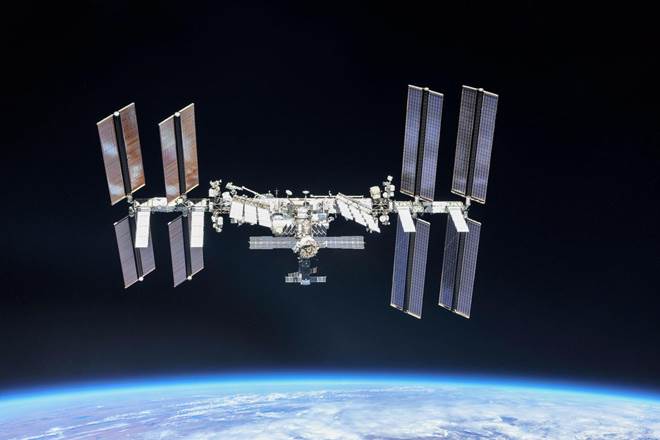Outlining its ambitious future plans, the Indian Space Research Organisation (ISRO) has announced that it will have a separate space station by 2030.
At a press conference in New Delhi, Dr K Sivan, Chairman, ISRO announced “‘it will be a smaller module, which would be mainly used to carry out microgravity experiments.”
Responding to a question, he said that the programme will be conceptualized over the next few years and will take at least 5-7 years. “Gaganyaan will be launched in 2022, for which work is underway. We will not tie-up with the international space station. It will be totally Indian and will be manned by Indians,” Sivan said.
The ISRO chairman did not share the estimated cost for the space station and did not share further details of the station project.
Also Read | Big update on India’s next Moon mission! Chandrayaan-2 mission launch date revealed
What is the space station?
It is a spacecraft which is capable of supporting crew members and is designed to remain in space for an extended period of time which could be several months. India will join the elite club of countries when it has its own space station. So far there is only one fully functioning space station in Earth’s orbit, the International Space Station.
It is a habitable artificial satellite in low Earth orbit. It was first launched into orbit in 1998. The first residents on board the international space station arrived in November 2000. It is known to be the largest human-made body in low Earth orbit. And is visible to the naked eye from Earth.
According to him the focus of the agency presently is on the forthcoming launch of the Chandrayaan-2 on July 15 and the first human mission to space “Gaganyaan’’ in 2022 for which the government has already approved Rs 10,000 crore coinciding with country’s 75th Independence Day.
Adding that the human mission will carry three astronauts into space and their selection process which has already started is expected to be completed in the next six months. This will be followed by intensive training for nearly two years at the Institute of Aerospace Medicine (IAM) and the advanced training may have to be done outside the country mostly in Russia.
He also announced agency’s ambitious mission to the Sun — Aditya-L1 (Liberator) in 2020 and its major aim is to study the Sun’s corona, through which it will be easier to understand more about climate change on earth.
Sivan said that “The agency wants to study its effects on climate change and we hope to launch it in the first half of next year.”
There are plans to launch a mission to Venus over the next few years which will carry 23 payloads. “Not only Sun and Moon, but we also hope to reach other planets, like Venus,” said Sivan.
Chandrayaan-2 weighing the 3,290-kg according to ISRO will orbit the Moon with the payloads onboard which will collect scientific information on various things including lunar topography, mineralogy, elemental abundance and lunar exosphere.
From the time it is launched, it will take a minimum of 45 days to reach the moon and the landing on the moon will be closer to the South Pole on September 6 or 7 on uncharted territory.
According to Sivan, the Lander which has been named after the father of the Indian space programme, Vikram Sarabhai, will touch down on a rugged lunar surface in the final descent. This final descent would be the “most terrifying moment” of the mission, he said.

